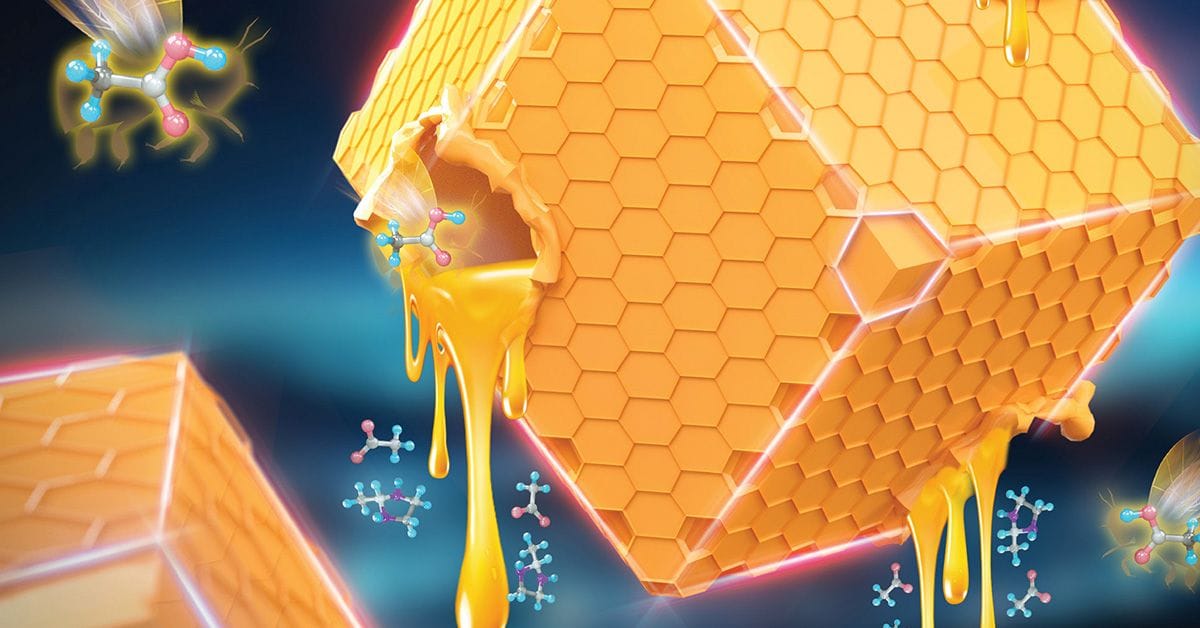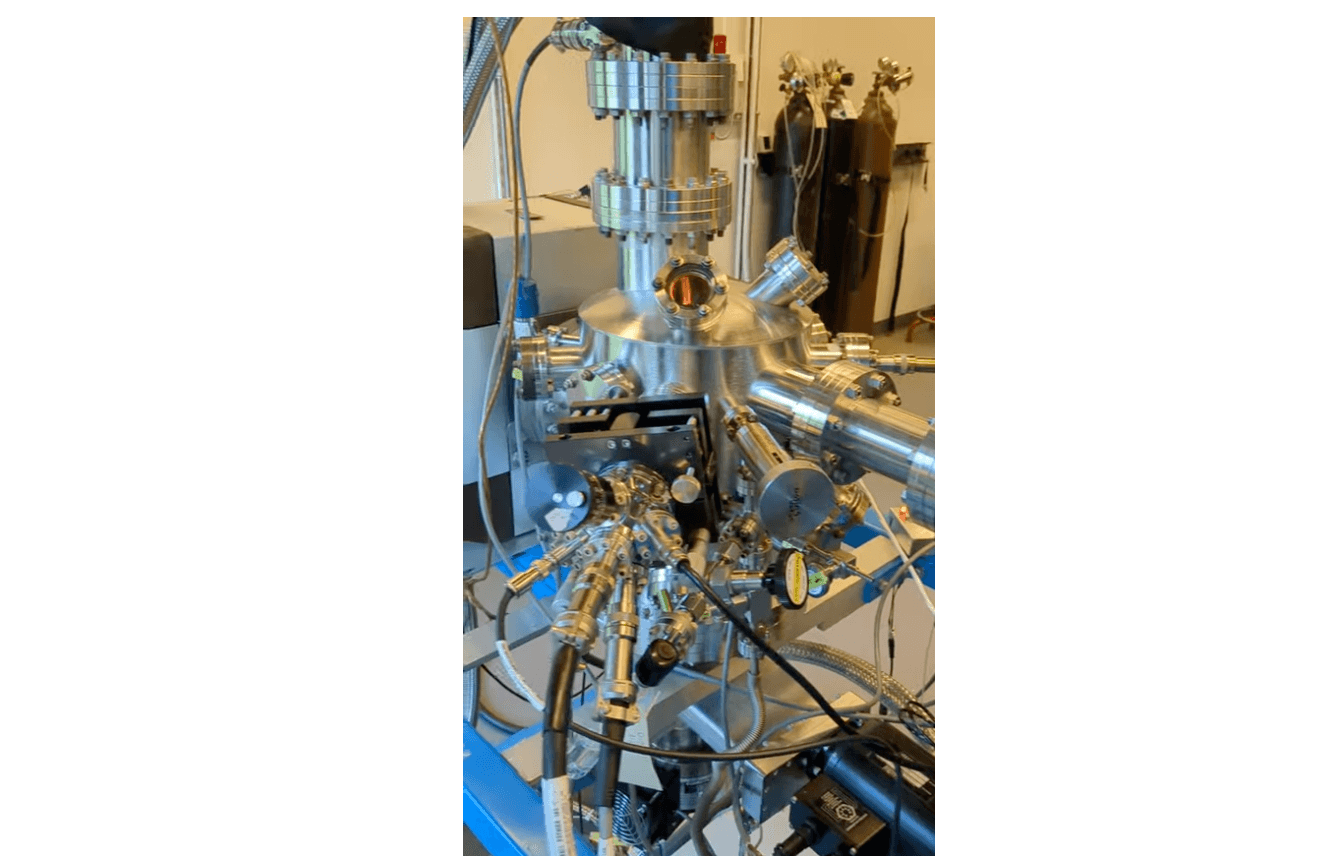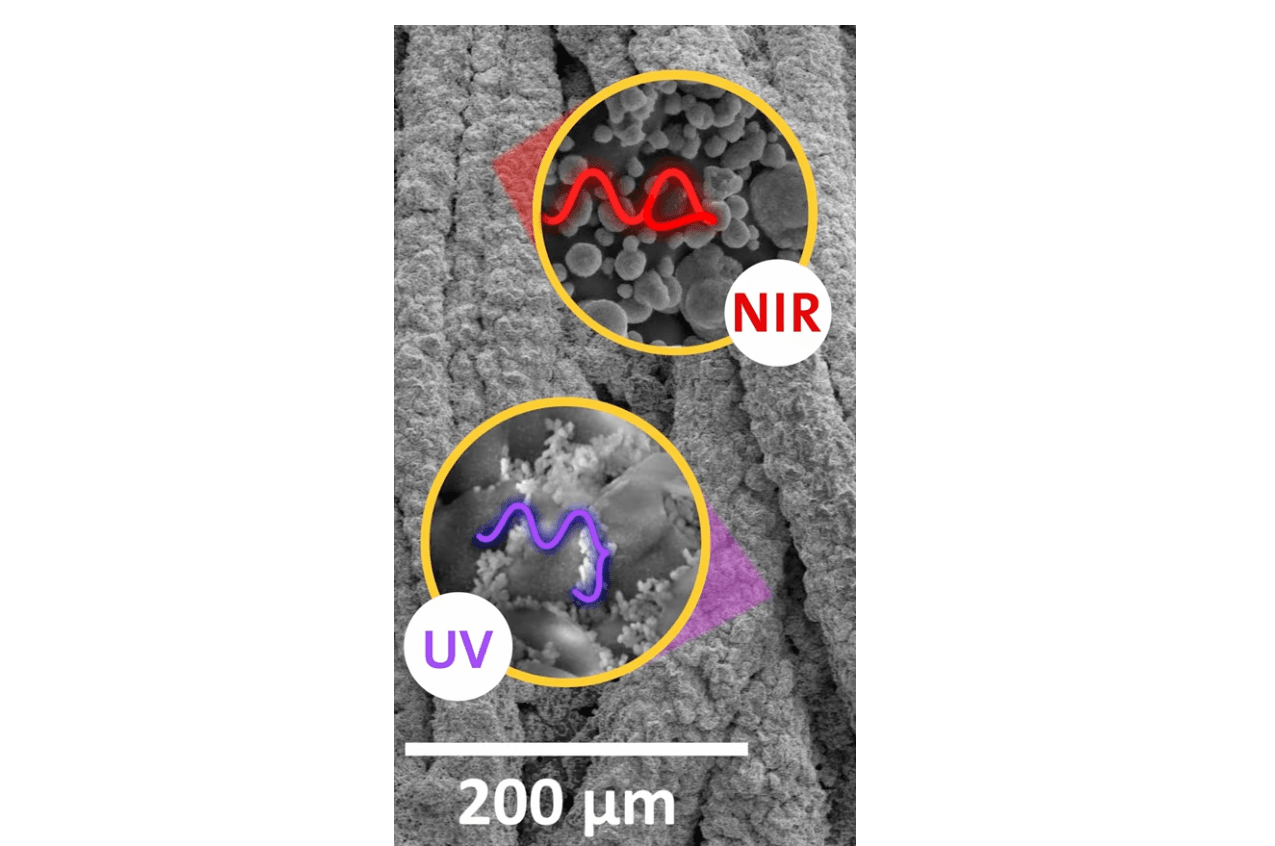From probing space ice to cultivating salsa ingredients in recycled glass, we bring you more hot topics and cutting-edge research presented at ACS Fall 2024.

The fall 2024 meeting of the American Chemical Society (ACS), held virtually and in person August 18-22, 2024, features more than 10,000 presentations on a diverse range of science topics. Earlier this week, we brought you an initial roundup of some of the noteworthy research presented at this year's meeting—and now we're back with more!
The press release content and videos in this post are brought to you by the ACS Science Communications team. Check out the ACS Fall 2024 Meeting Newsroom.
Unraveling the Origins of Life from Cosmic Ice
The vast expanse of space holds clues to the origins of life, and researchers are now exploring how low-energy electrons, generated when cosmic radiation passes through ice particles, contribute to the formation of prebiotic molecules—the building blocks of life on Earth. These findings could shed light on the cosmic processes that spark life as well as have practical applications in medicine and environmental science.
Led by undergraduate students Kennedy Barnes and Rong Wu at Wellesley College, the team sought to determine the relative importance of low-energy electrons versus photons in triggering the chemical reactions responsible for the extraterrestrial synthesis of prebiotic molecules. The research, presented by Barnes at the ACS Fall 2024 meeting, suggests that low-energy electrons may play a more crucial role than previously thought, particularly within the cosmic ice that forms on interstellar dust and even on planetary bodies like Jupiter’s moon Europa.
The implications of this research extend beyond the realm of astrochemistry. On Earth, the team’s studies into the radiolysis of water have uncovered the production of reactive species such as hydrogen peroxide and hydroperoxyl radicals, which have significant impacts on both the environment and human health. These findings could enhance our understanding of how low-energy electrons influence DNA molecules during radiation therapy for cancer and how they contribute to the destruction of hazardous chemicals during wastewater treatment.
By simulating the conditions of space within an ultrahigh-vacuum chamber, the team has been able to recreate the bombardment of cosmic ice by electrons and photons, offering valuable insights into the molecular processes occurring in the far reaches of space. Their work not only aids in interpreting data from space missions like NASA’s James Webb Space Telescope and the upcoming Europa Clipper, but it also opens new avenues for research in astrochemistry, where low-energy electrons are incorporated into models that simulate the complex chemistry of the cosmos. “There’s a lot that we're on the cusp of learning, which I think is really exciting and interesting,” Barnes notes.
Watch a Headline Science YouTube Short about this research:
Growing Salsa Ingredients Sustainably with Recycled Glass
A recent pilot study has demonstrated that key ingredients for salsa—cilantro, bell peppers, and jalapeños—can be grown more sustainably by incorporating recycled glass into the soil. Researchers from Prof. Julie Vanegas' team at The University of Texas Rio Grande Valley found that using glass fragments from crushed and rounded-off bottles as a partial soil substitute speeds up plant development and reduces the presence of harmful fungi.
The team explored the use of recycled glass in container gardens. The glass particles, which resemble coarse sand, were found to improve water retention and oxygen flow to the roots, leading to faster growth rates compared to traditional soil. In addition, pots with recycled glass showed no signs of the fungal growth that stunted plants in soil-only pots.
The research was conducted without the use of fertilizers, pesticides, or fungicides, highlighting the potential of recycled glass as a sustainable, chemical-free option for growing food. “If this is viable, then we might be able to introduce glass-based soils into agricultural practices for people here in the Rio Grande Valley and across the country," says graduate student Andrea Quezada, who is presenting the team’s research at the meeting.
Watch a Headline Science YouTube Short about this research:
Explore more research in ACS journals from Prof. Vanegas and colleagues:
Amplification of Chirality by Adenosine Monophosphate-Capped Luminescent Gold Nanoclusters in Nematic Lyotropic Chromonic Liquid Crystal Tactoids
DOI: 10.1021/acsomega.8b03335
Thiol-Stabilized Gold Nanoparticles: New Ways To Displace Thiol Layers Using Yttrium or Lanthanide Chlorides
DOI: 10.1021/acs.langmuir.7b01898
Staying Cool with New Chalk-Coated Fabrics
In the heat of summer, a new chalk-based fabric coating could help keep people cool by lowering the temperature of the air beneath the treated material by up to 8 degrees Fahrenheit. This innovative solution, developed by researchers at the University of Massachusetts Amherst, offers a sustainable alternative to existing cooling textiles, which often require complex manufacturing processes or synthetic materials.
The research team, led by Evan D. Patamia, Megan K. Yee, and Prof. Trisha L. Andrew, drew inspiration from traditional limestone-based plasters used to cool buildings in sunny regions. They developed a process that applies calcium carbonate (from chalk) and barium sulfate onto fabric using chemical vapor deposition (CVD). This technique, which coats commercial textiles with a durable polymer layer, creates a chalky, matte finish that reflects both ultraviolet (UV) and near-infrared (IR) light, effectively cooling the fabric.
Field tests demonstrated that the treated fabric could lower air temperatures by 8°F compared to the surrounding environment and up to 15°F compared to untreated fabric. The coating also proved durable, retaining its cooling properties even after exposure to the friction and impact of a washing machine. As the team works on scaling the process for large-scale production, this cooling fabric could become a valuable resource for people enduring extreme heat, offering a power-free way to stay comfortable outdoors.
Watch a Headline Science YouTube Short about this research:
Explore more research in ACS Journals from Prof. Andrew's Team:
Solar Thermal Textiles for On-Body Radiative Energy Collection Inspired by Polar Animals
DOI: 10.1021/acsami.2c23075
Colorimetric Cotton Swab for Viral Protease Detection
DOI: 10.1021/acs.analchem.2c02033
Aggregation-Induced Delayed Fluorescence through Seed-Induced Crystallization
DOI: 10.1021/acs.jpcc.2c03921
Enabling Longitudinal Respiration Monitoring Using Vapor-Coated Conducting Textiles
DOI: 10.1021/acsomega.1c04616
Immobilization of Nanobodies with Vapor-Deposited Polymer Encapsulation for Robust Biosensors
DOI: 10.1021/acsapm.1c00140
An Aqueous Eutectic Electrolyte for Low-Cost, Safe Energy Storage with an Operational Temperature Range of 150 °C, from −70 to 80 °C
DOI: 10.1021/acs.jpcc.0c09676


